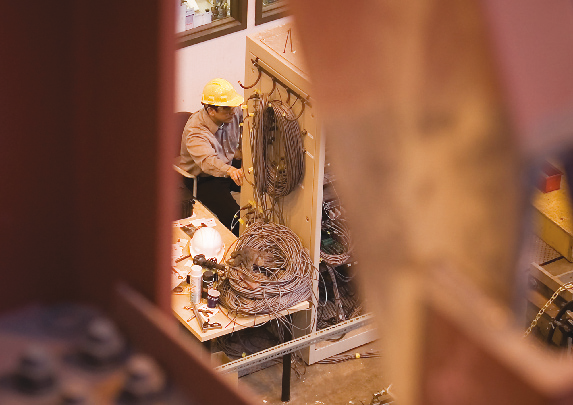Explosions and earthquakes, says Clay Naito, damage buildings in dramatically different ways.
While an earthquake lasts up to one minute, says Naito, an explosion is over in 30 milliseconds. “it’s like the building is being slapped in the face,” he says.
Naito, the p.C. Rossin associate professor of civil and environmental engineering, is one of a dozen U.S. academics who have taken up the challenge of the blast resistance of buildings. he is spending his sabbatical at Tyndall air Force Base in panama City, Fla., where he conducts blast tests on three- to six-story structures that are typical of military barracks or government administration buildings.
Naito’s goal is to determine the optimum placement of reinforcement in building walls. he is also concerned with the details used to connect wall panels to building frames. he uses high-speed video and instrumentation to capture the effects of blasts, and he is developing computational models that predict when a building wall system will fail.
His work is funded by the portland Cement association, an umbrella group for the concrete industry.
“The industry wants predictive models backed by actual tests so they can build cost-effective structures that will resist blast demands,” he says. “To achieve this, we need to validate complex models and transform them into simple tools that engineers can use in designing buildings.”
When an explosion is set off near a building, says Naito, the main cause of damage and injury is a sudden pressure wave measuring about 100 pounds per square inch. Normal buildings are designed to withstand 100 pounds of pressure per square foot.
“The saving grace is that, in such a short period of time, heavy concrete objects just can’t start moving that quickly. a good wall will respond by simply bowing inward 1 to 2 inches.”
Naito is particularly interested in the blast resistance of precast and tilt-up concrete. precast concrete is formed at a manufacturing plant, then trucked to a building site. Tilt-up concrete walls are formed on-site, then tilted up and set in place when the concrete has hardened.

